By assuming that Vbe=0.7V it's easy to progress, however no such thing
is stated (the only data given is that β is very large), so i was
wondering if there is a way to find Ic without that assumption.
Sure. Let's solve it for the general case, assuming active mode operation and ignoring the Early effect:

simulate this circuit – Schematic created using CircuitLab
From KVL, you have:
$$V_\text{TH}-I_\text{B}\:R_\text{TH}-V_\text{BE}-I_\text{E}\:R_\text{E}=0\:\text{V}$$
Where, of course, \$R_\text{TH}=\frac{R_1\:R_2}{R_1+R_2}\$ and \$V_\text{TH}=V_\text{CC}\:\frac{R_2}{R_1+R_2}\$.
From \$I_\text{E}=\left(\beta+1\right)\:I_\text{B}\$, you can substitute in and solve for \$I_\text{B}\$:
$$I_\text{B}=\frac{V_\text{TH}-V_\text{BE}}{R_\text{TH}+\left(\beta+1\right)\:R_\text{E}}$$
Now substitute from your nice formula and solve for \$V_\text{BE}\$:
$$\begin{align*}
\frac{I_\text{SAT}}{\beta}\:e^{\frac{V_\text{BE}}{V_T}}&=\frac{V_\text{TH}-V_\text{BE}}{R_\text{TH}+\left(\beta+1\right)\:R_\text{E}}\\\\
\frac{V_\text{TH}-V_\text{BE}}{V_T}\:e^{\frac{-V_\text{BE}}{V_T}}&=\frac{I_\text{SAT}\left[R_\text{TH}+\left(\beta+1\right)\:R_\text{E}\right]}{\beta\:V_T}\\\\
\frac{V_\text{TH}-V_\text{BE}}{V_T}\:e^{\frac{V_\text{TH}-V_\text{BE}}{V_T}}&=\frac{I_\text{SAT}\left[R_\text{TH}+\left(\beta+1\right)\:R_\text{E}\right]}{\beta\:V_T}\:e^\frac{V_\text{TH}}{V_T}\\\\
\frac{V_\text{TH}-V_\text{BE}}{V_T}&=\mathcal{LambertW}\left(\frac{I_\text{SAT}\left[R_\text{TH}+\left(\beta+1\right)\:R_\text{E}\right]}{\beta\:V_T}\:e^\frac{V_\text{TH}}{V_T}\right)\\\\
V_\text{BE}&=V_\text{TH}-V_T\:\mathcal{LambertW}\left(\frac{I_\text{SAT}\left[R_\text{TH}+\left(\beta+1\right)\:R_\text{E}\right]}{\beta\:V_T}\:e^\frac{V_\text{TH}}{V_T}\right)
\end{align*}$$
Note that no assumptions were made about \$V_\text{BE}\$ above. None are needed. Just as you thought might be the case! (Also note when \$u\:e^u=z\$ then \$u=\mathcal{LambertW}\left[z\right]\$. See Lambert W Function.)
This technique works over 3-5 orders of magnitude, with modest error bounds over part variations over that range; takes into account circuit details in the process for a direct solution; and it's not complicated to develop a practical value for the saturation current by looking at a datasheet; as I demonstrate here. The general solution here simply works better than the assumption and gets you a more accurate answer, and with far less effort, than alternatives.



